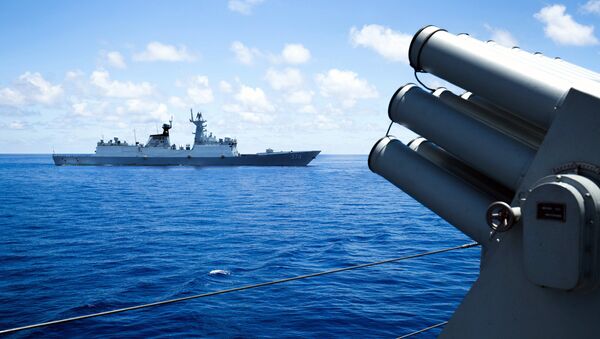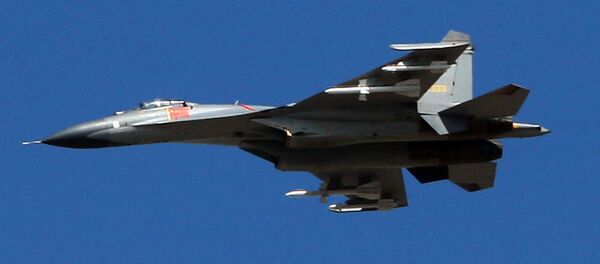More “provocations from the Chinese side” should be expected, a Beijing source told Hankuk Ilbo, a South Korean news service. A recent Beijing sortie through the South China sea included 13 fighter jets, heavy bombers, and other military aircraft. Japan’s defense ministry said the sortie was the largest foreign fleet to transit the region to date, prompting multiple scramblings of Japanese military aircraft.
Li proposed more military units in "offshore locations," a clear nod to China’s claims over the artificial Spratly and Paracel islands, increasingly militarized locations that have US officials worried, especially US Secretary of State Rex Tillerson, who asserted that Chinese military construction in the area constituted "illegal" behavior.
The Center for Strategic and International Studies argued that Beijing has conducted widespread construction in the South China Sea, including structures that could support missile storage. Chinese state media agency Xinhua’s announcement vindicates the suspicions.
These activities prompted the deployment of the US Navy’s Third Fleet to the South China Sea, "to send a message."
According to a UPI report, Beijing also expressed internal support for tougher action in the East China Sea, where China and Japan have long disputed the ownership of two tiny islands known as Diaoyu in China, and Senkaku in Japan. US President Donald Trump stated that the US supports Japan "100 percent" in its claim over the Senkakus, an affirmation contained within Article 5 of the 1951 US-Japan security treaty. In 2014, President Barack Obama expressed that Chinese attempts to secure the islands by armed force would be met with the full might of the US military.
Nobody has lived on the Senkakus since the end of World War II, but after rich oil and gas fields were identified in the surrounding waters, China and Taiwan have bickered over regional claims.


